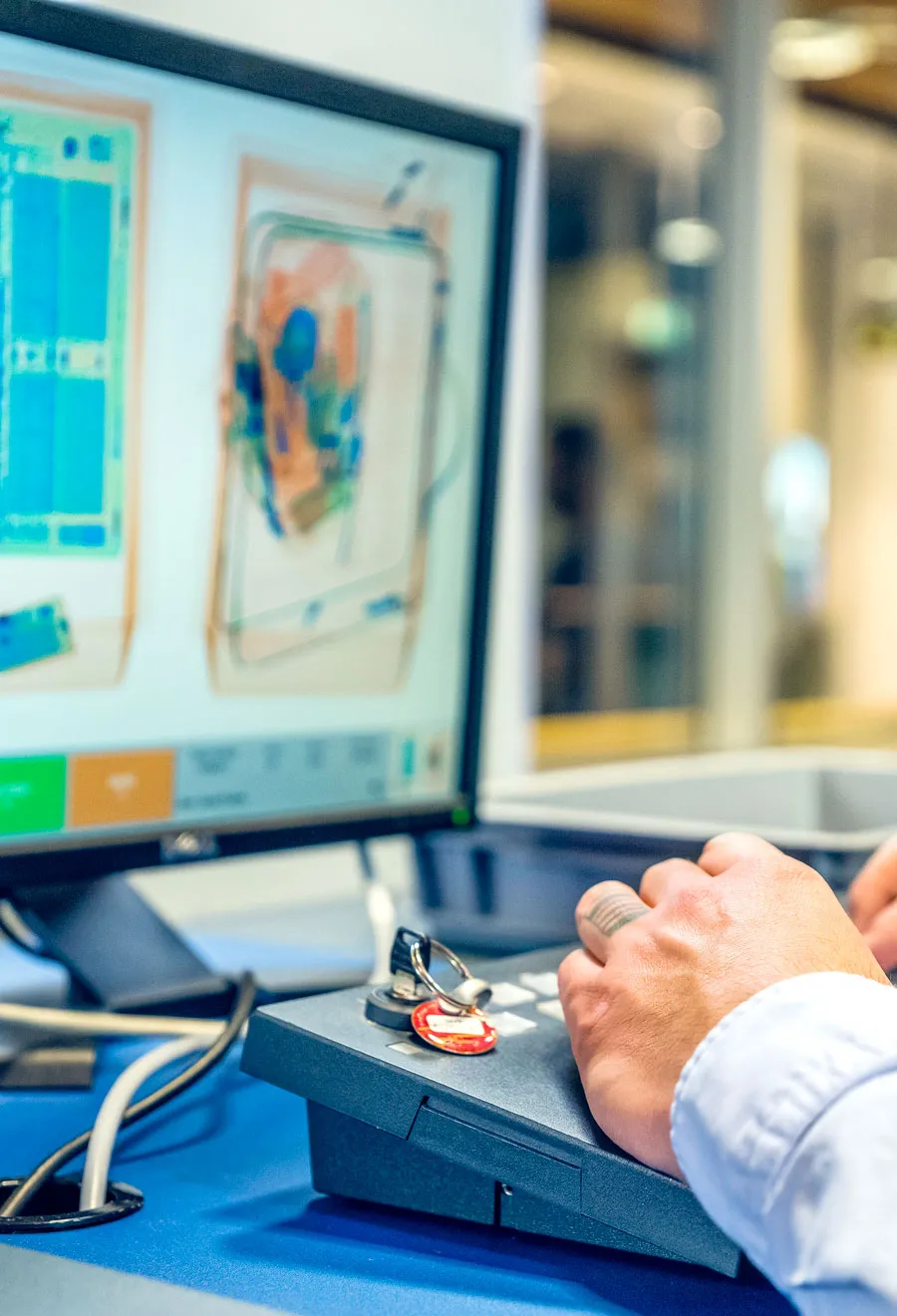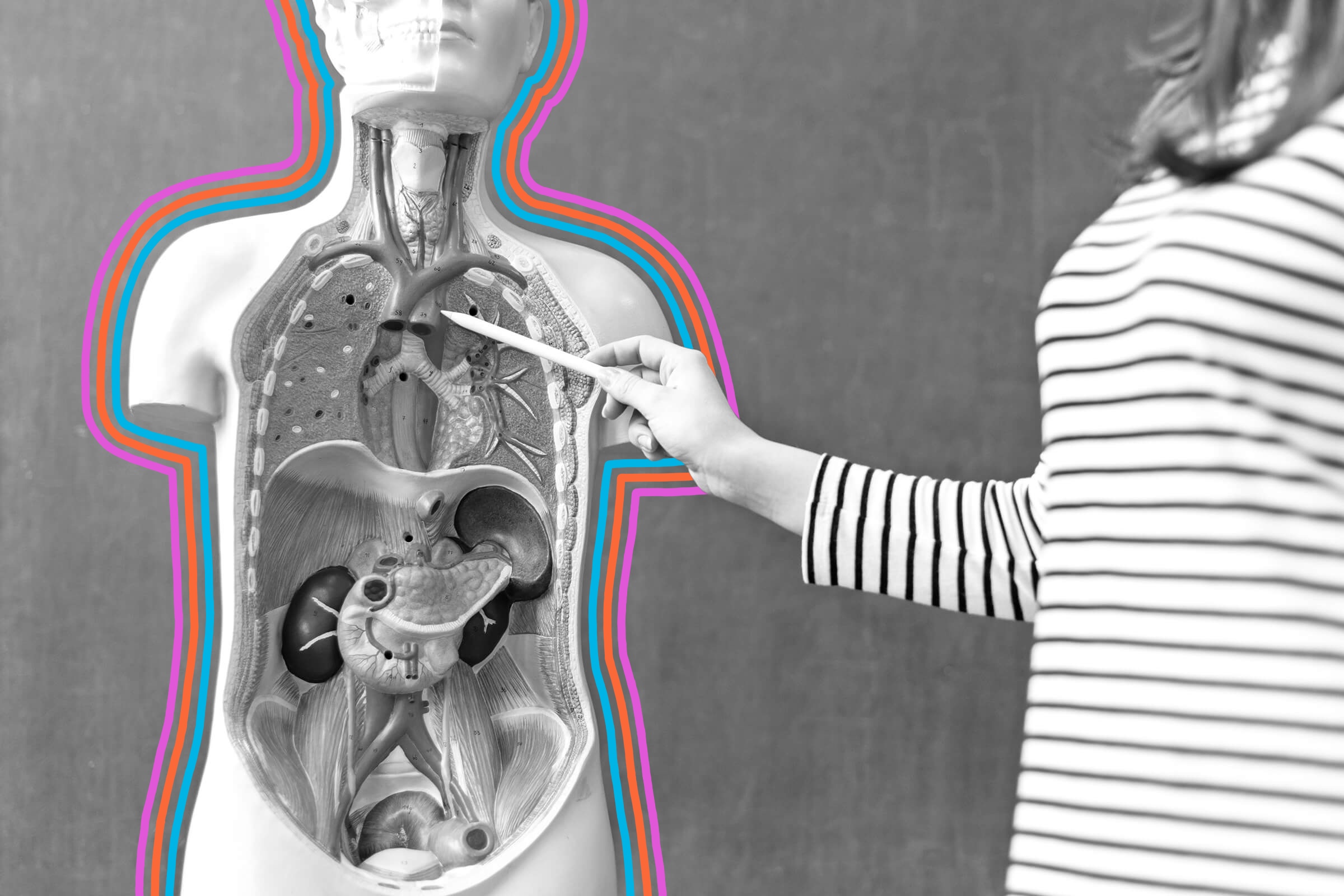As any air traveler can attest, getting your luggage X-rayed is a standard part of the TSA’s security screening process. But have you ever paused and wondered what it would be like to view those X-rays with your own eyes? Sure, some flyers might catch a brief glimpse of the screen, but most travelers are left wondering what the agents actually see when they scan your bags. Let’s take a closer look at the type of information these X-rays provide.
Early 2D Imaging and Color Coding
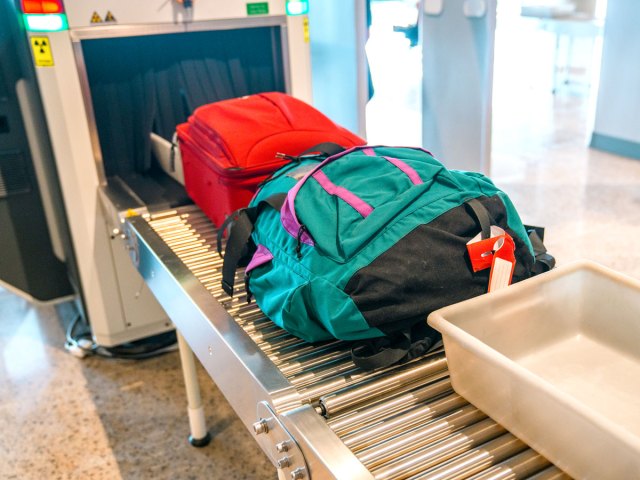
Airports have been using X-ray baggage scanners since the 1970s. In 1970, a device called the Saferay debuted, which created a two-dimensional, black-and-white image of a bag’s contents. In those images, metal objects appeared darker, with vivid outlines, while nonmetal items such as clothing or shoes had faint outlines. During a 1970 demonstration of this new technology, a reporter for Popular Science remarked, “The picture was remarkably sharp and clear,” and noted that they were able to clearly see the outline of a revolver hidden in the luggage. However, the technology had its limitations — all it could really do was produce two 2D images, one from the top and one from the side.
When the TSA was founded in 2001, standard airport X-ray scanners still relied on these 2D images, though they had evolved to be color-coded. Colors were assigned based on atomic weight, allowing agents to determine the material that an item was made from. The darker the color, the more dense the object. Nick Bowring, head of the Centre for Sensing and Imaging at Manchester Metropolitan University, explained in a 2015 interview with the BBC that heavier metal objects were colored blue, lighter metals appeared green, and organic materials came out orange.
However, one issue with this color-coded system, which remains in place at some airports today, is the fact that all organic material appears orange, whether it’s a bottle of water or a potentially explosive device. With these older X-ray scanners, there’s no surefire way for a TSA agent to distinguish between harmless and harmful items. It’s up to them to take note of the color, carefully inspect the object’s shape, and make a determination from there. This can potentially lead to time-consuming physical bag inspections. Thankfully, these machines are slowly being replaced by a newer, more sophisticated technology that debuted within the last decade.
A New Technology Emerges
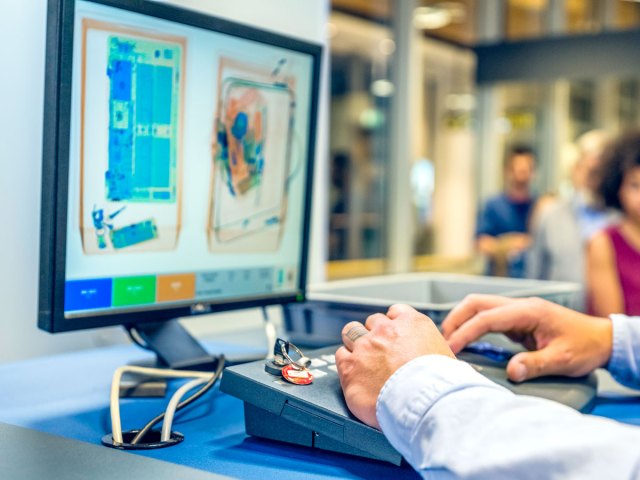
In 2017, the TSA began testing a technology known as computed tomography, which is similar in quality to a medical CAT scan. Though the rollout of these scanners has been slow, they’ve been appearing at more and more airports in recent years. The European Union set a 2026 deadline to have CT scanners at all airports, while the TSA estimates that it may take until 2040 to have these machines at all screening lanes throughout the United States.
Unlike their predecessors, CT scanners can produce highly detailed, cross-sectional, 3D images of a bag’s contents. These images are so detailed that TSA agents can manipulate, rotate, and enhance them however they see fit — for example, by altering the contrast to make specific types of materials stand out. The hope is that these 3D images will cut down on false alarms, thus lessening the need for physical bag inspections and speeding up the security line.
Interestingly, the technology is so thorough that some passengers at international airports such as London’s Gatwick Airport are being told to keep objects such as laptops or liquids inside their luggage (items that they would’ve been required to take out using the older system). This new software algorithm is advanced enough to detect whether a liquid is harmless or if it poses an explosive risk. The TSA may soon follow suit, with reports that the agency is considering scrapping its long-standing liquid rules for passengers.
What Do Body Scanners See?
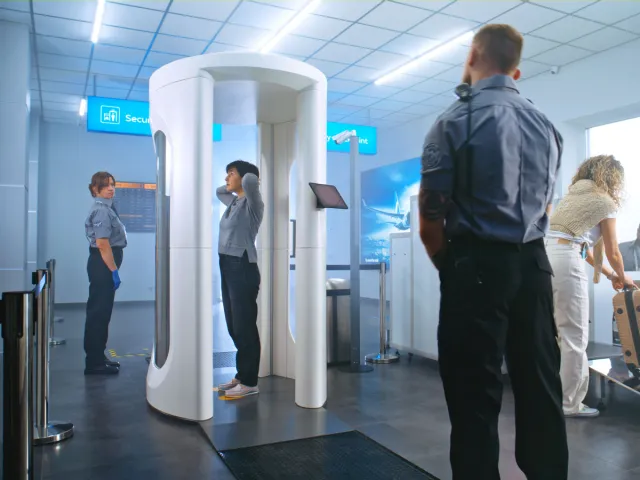
The thought of a stranger looking through your luggage seems intrusive enough, but what about body scanners? In an interview with Reader’s Digest, TSA researcher Malvini Redden explained that while the “early versions of the scanners came out without any privacy protections,” those scanners were removed in 2013 amid privacy concerns.
Modern body scanners rely on what’s known as Advanced Imaging Technology, and their goal is to detect any metallic or nonmetallic threats that may appear on a passenger’s person. In doing so, the scanners keep all personal information private, rendering your likeness as if you were a generic image. In that same Reader’s Digest article, TSA adviser Eri Jenkins assured travelers that today’s scanners “provide a nondescript avatar image of the human anatomy,” so you needn’t worry about potential privacy issues.
More from our network
Daily Passport is part of Inbox Studio, which publishes content that uplifts, informs, and inspires.






